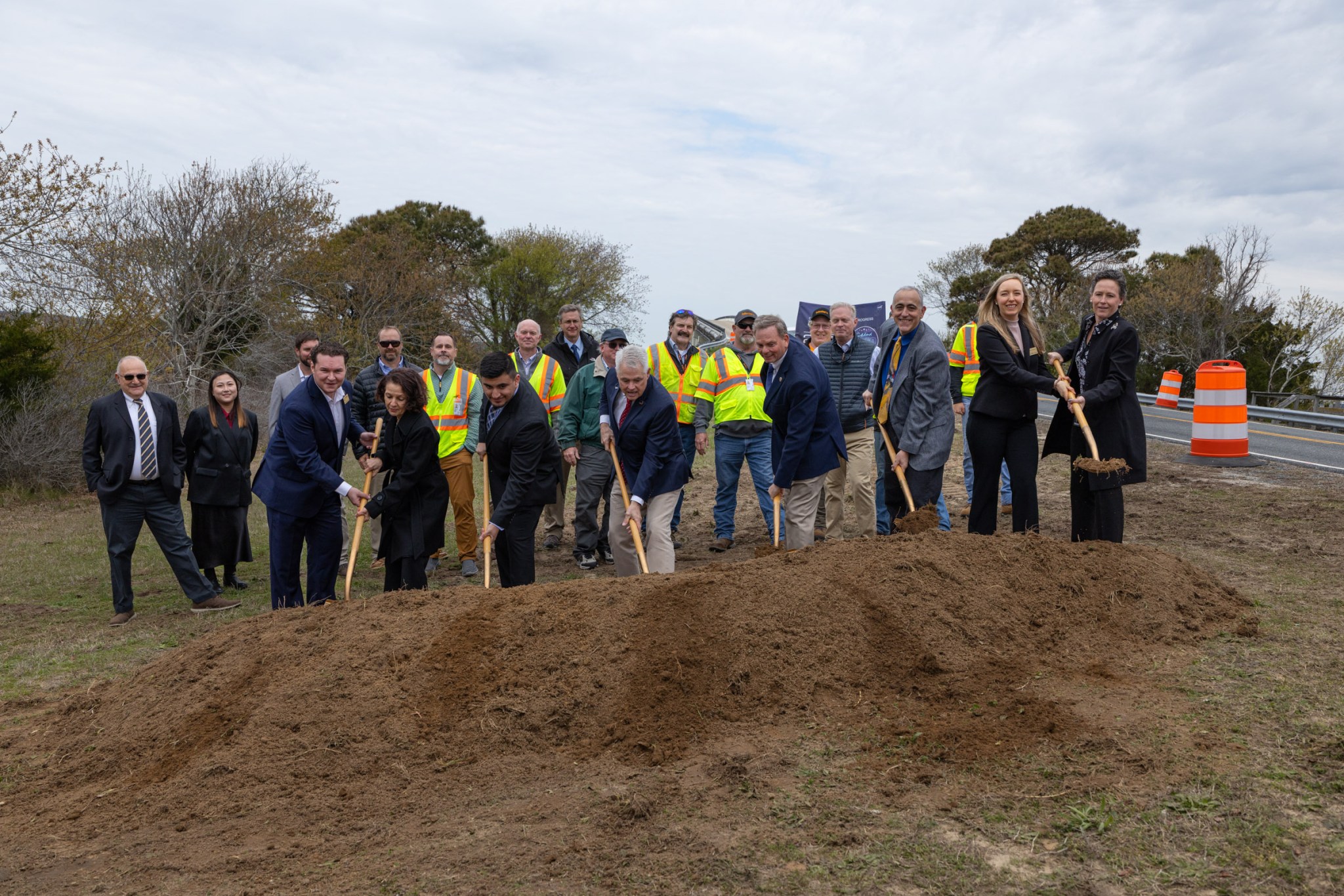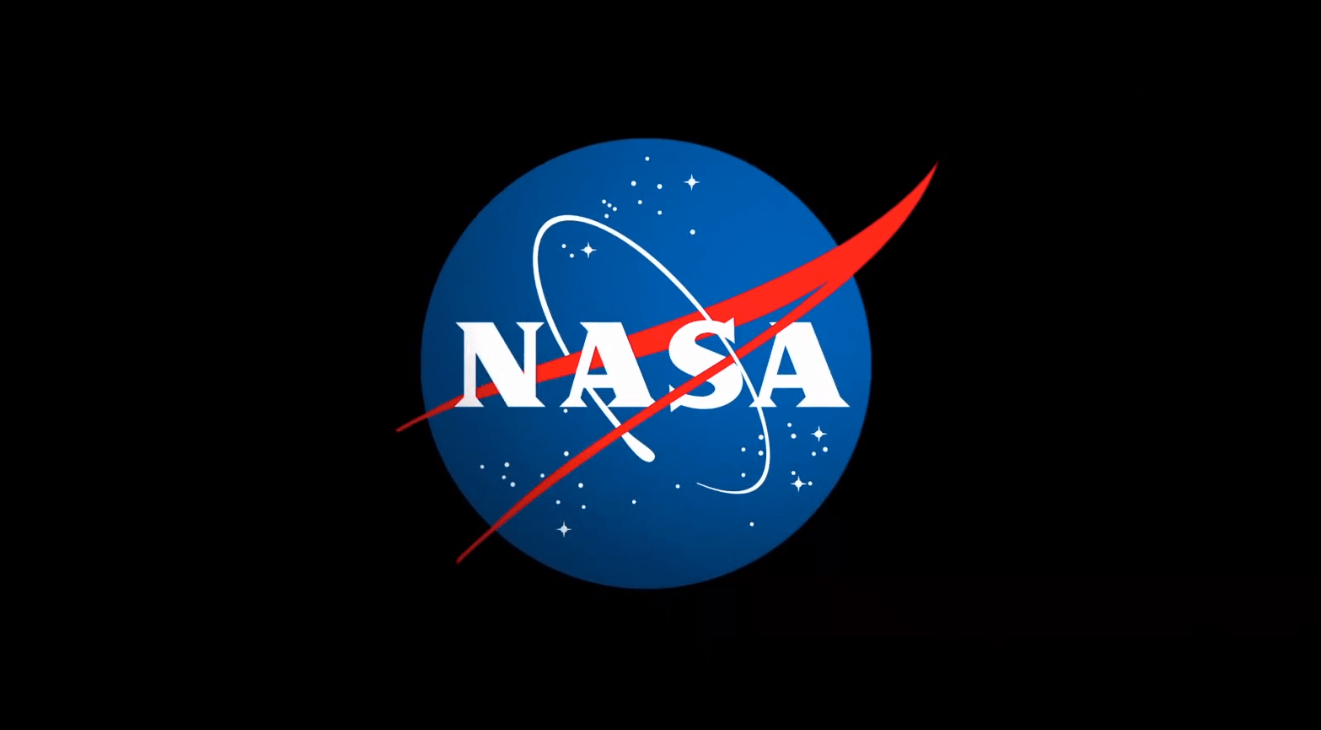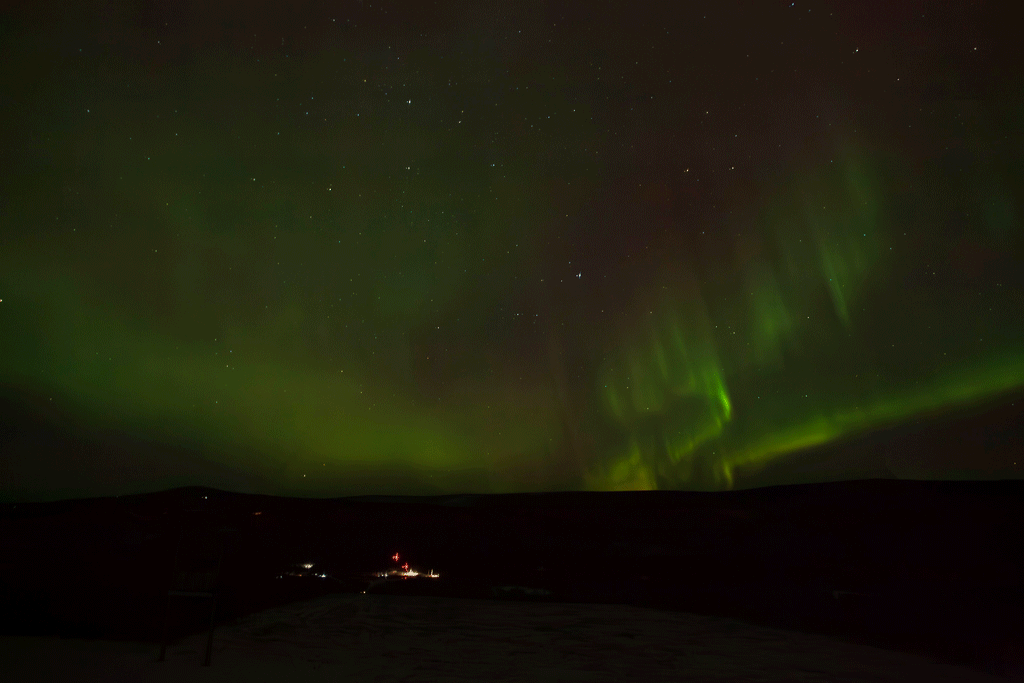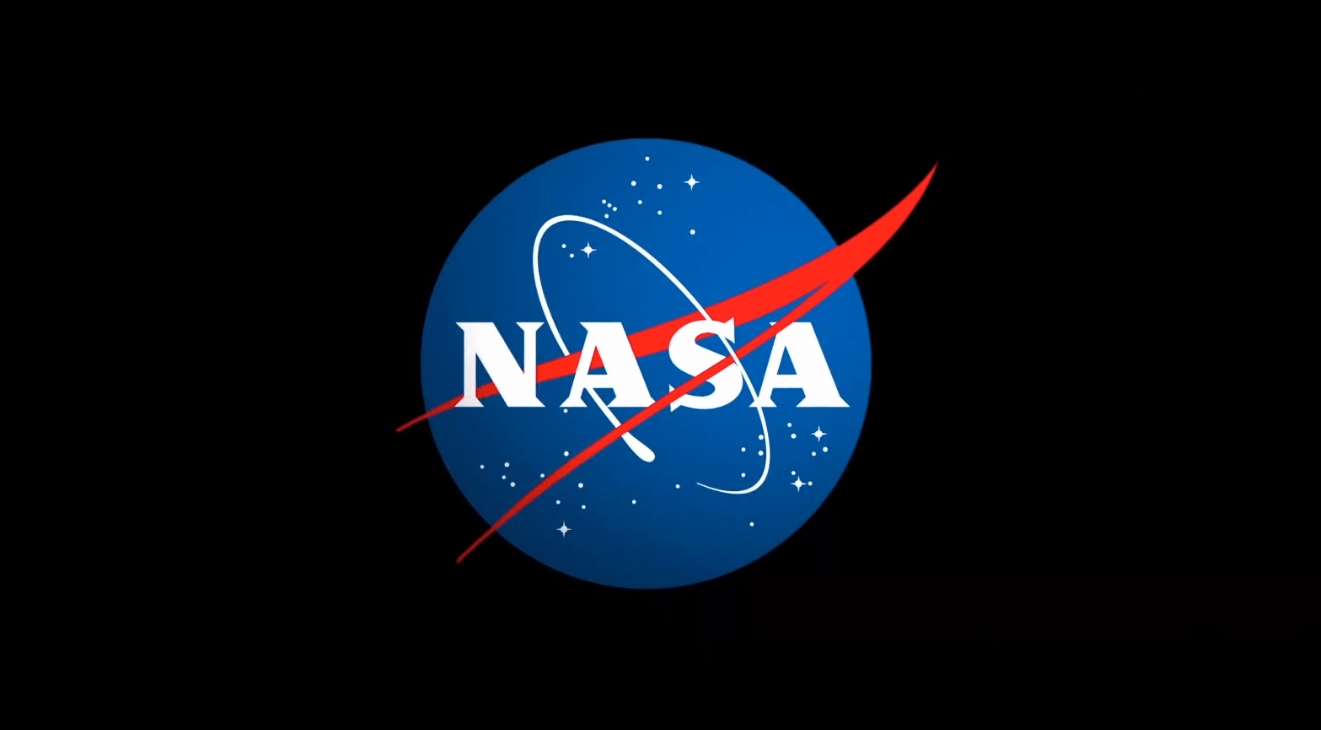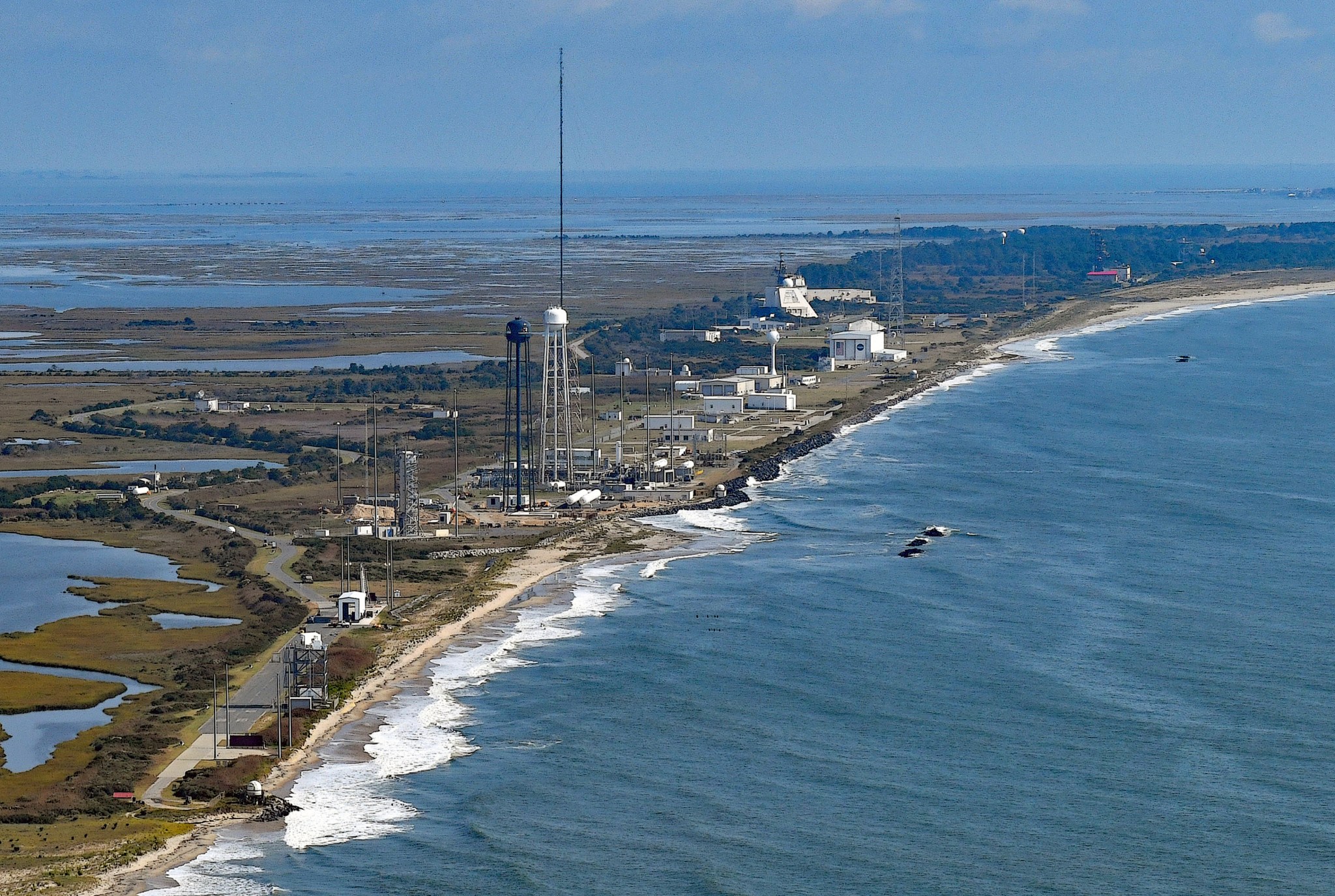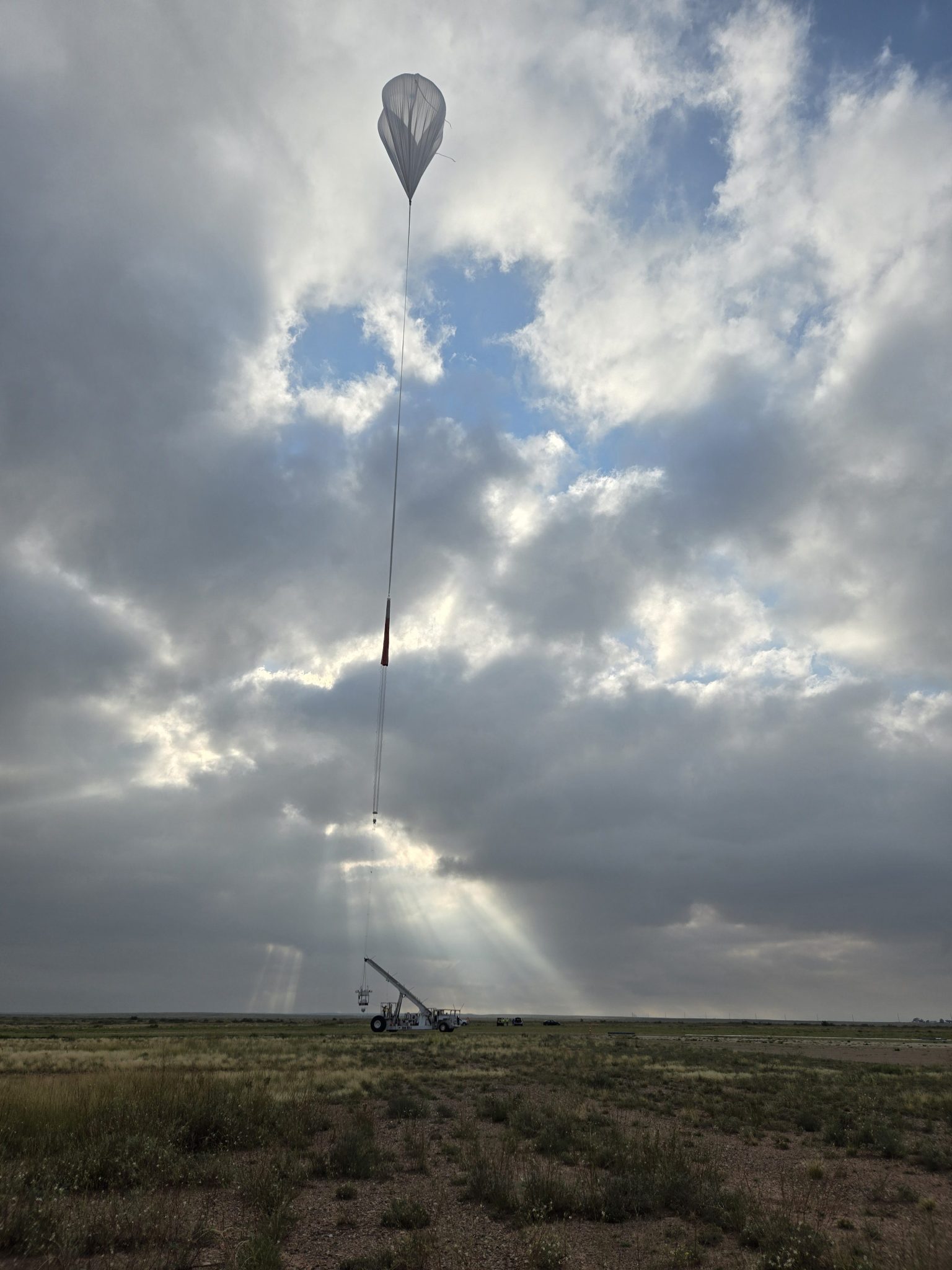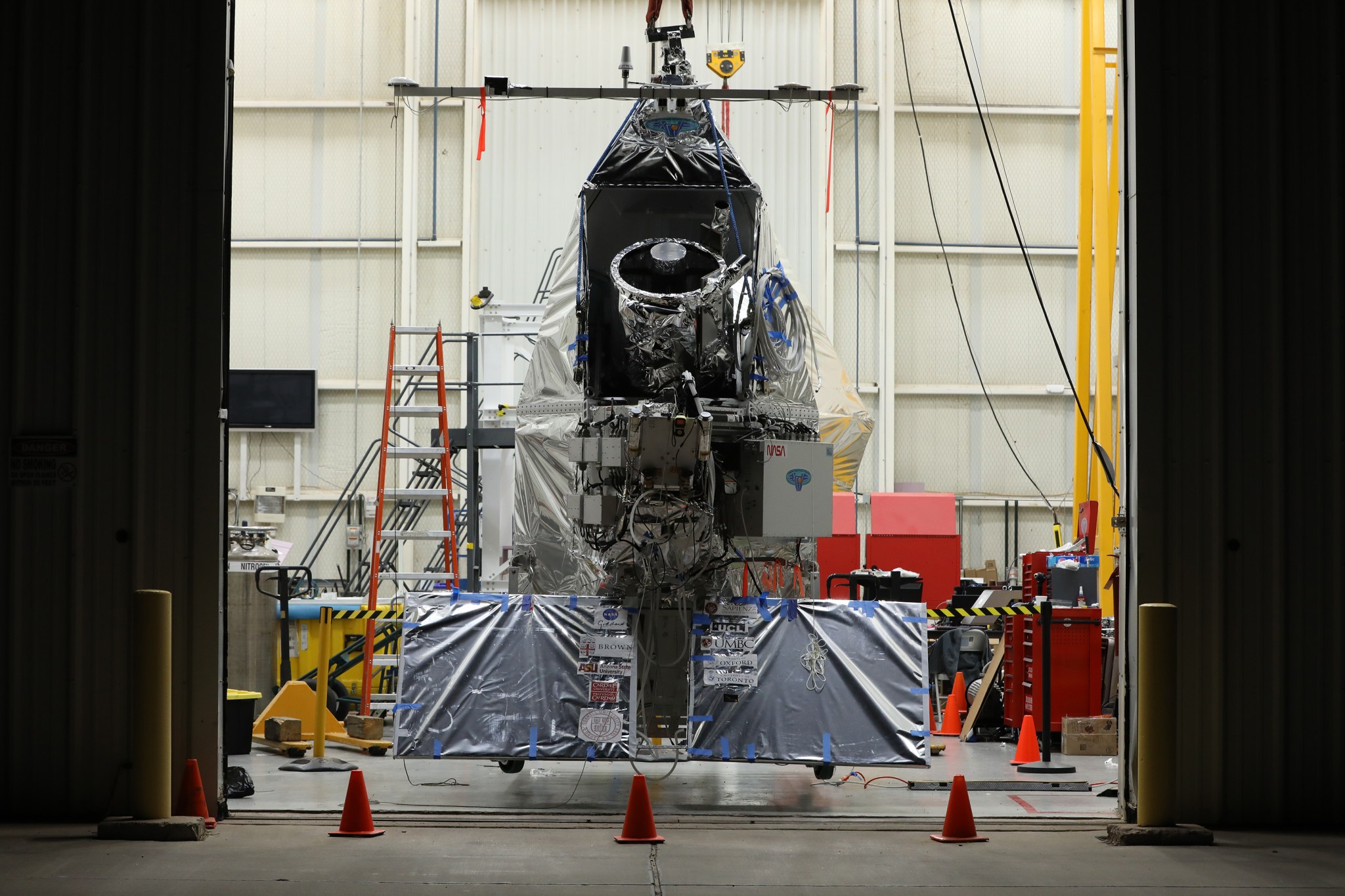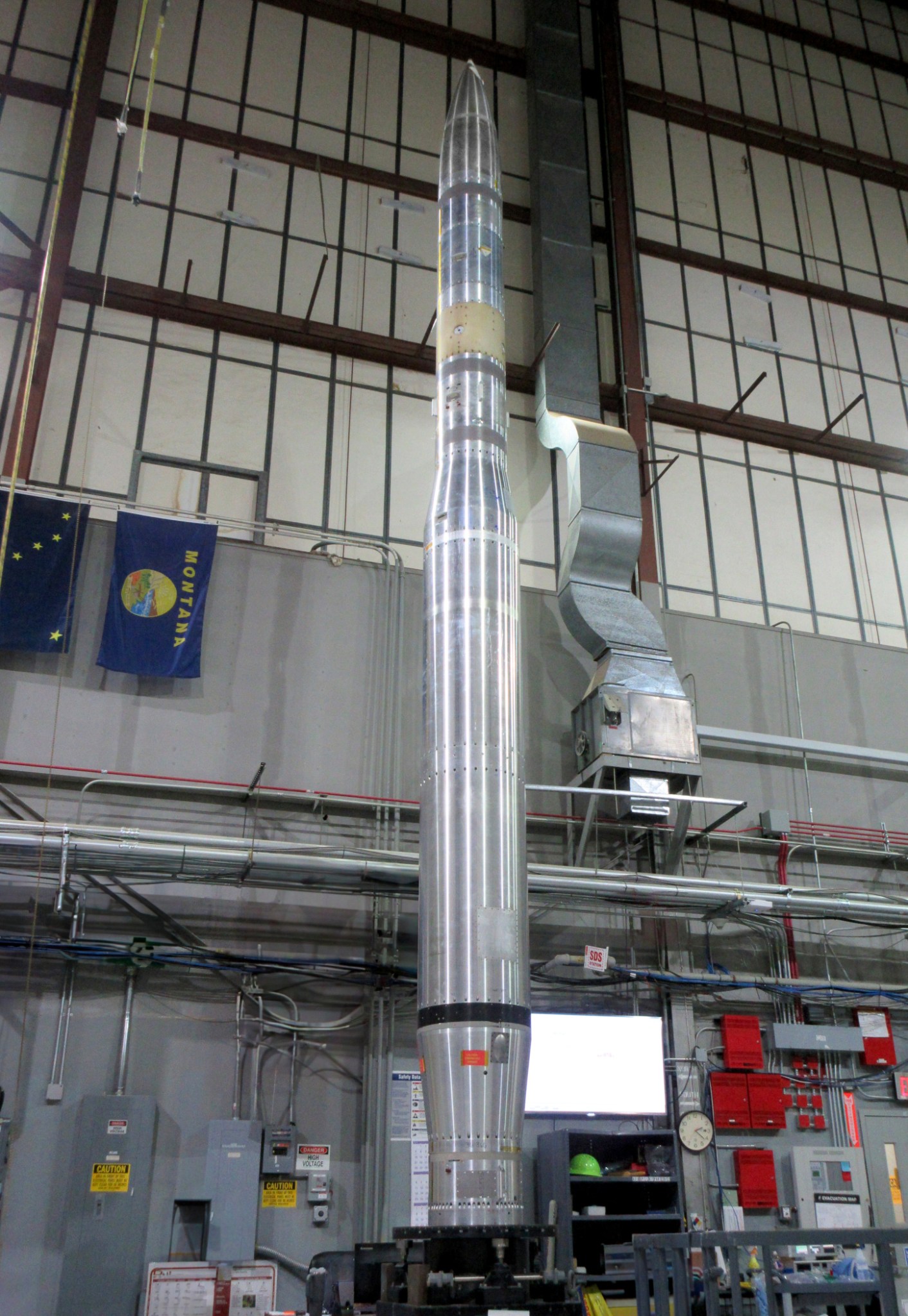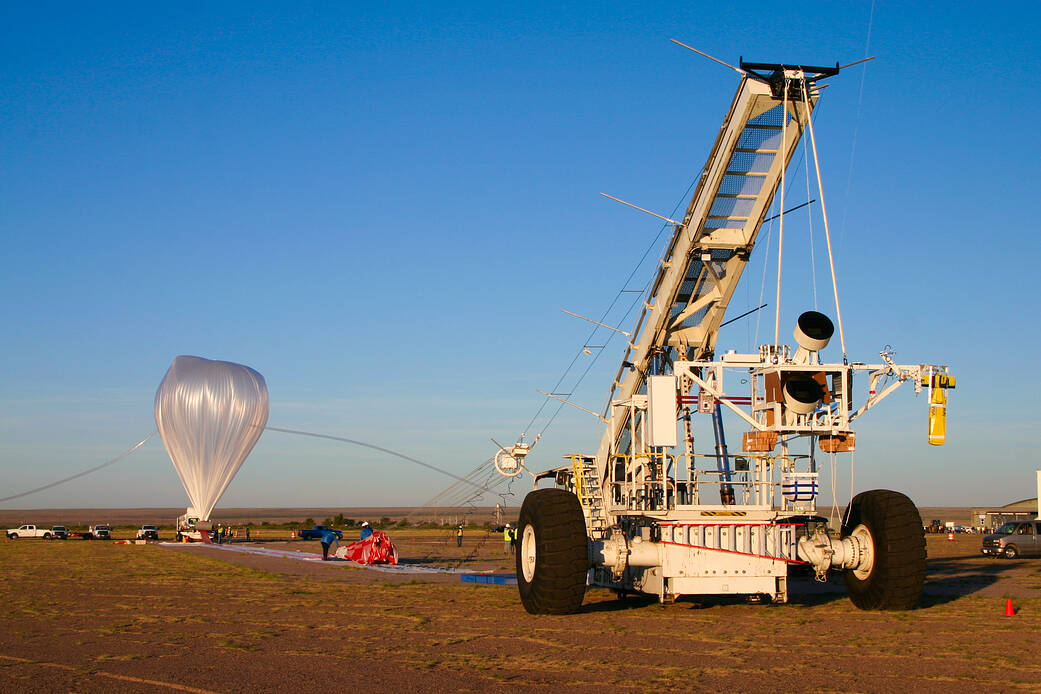2 min read Preparations for Next Moonwalk Simulations Underway (and Underwater) NASA’s Wallops Flight Facility commemorated the start of construction of its new Wallops Island causeway bridge during a groundbreaking ceremony at 10 a.m., Monday, April 14, 2025, on the island. NASA’s Wallops Flight Facility commemorated the start of construction of its new Wallops Island causeway bridge during a groundbreaking ceremony at 10 a.m., Monday, April 14, 2025, on the island. NASA’s Wallops Flight Facility Facility Director David Pierce, NASA’s Goddard Space Flight Center Associate Center Director Ray Rubilotta, and…
Read MoreTag: Wallops Flight Facility
NASA Selects Goddard Safety and Mission Assurance Contractor
Credit: NASA NASA has selected ARES Technical Services of McLean, Virginia, to provide safety and mission assurance services at the agency’s Goddard Space Flight Center in Greenbelt, Maryland, and Wallops Flight Facility in Virginia. The Safety and Mission Assurance Services III contract is a cost-plus-fixed-fee contract with an estimated total value of $226 million. The contract will have a five-year effective ordering period starting on June 1, 2025, with an optional six-month extension period. Under the contract, the vendor will provide support to the agency’s Safety and Mission Assurance Directorate at…
Read MoreNASA to Launch Three Rockets from Alaska in Single Aurora Experiment
4 min read NASA to Launch Three Rockets from Alaska in Single Aurora Experiment Three NASA-funded rockets are set to launch from Poker Flat Research Range in Fairbanks, Alaska, in an experiment that seeks to reveal how auroral substorms affect the behavior and composition of Earth’s far upper atmosphere. The experiment’s outcome could upend a long-held theory about the aurora’s interaction with the thermosphere. It may also improve space weather forecasting, critical as the world becomes increasingly reliant on satellite-based devices such as GPS units in everyday life. Colorful ribbons…
Read MoreNASA Super Pressure Balloons Return to New Zealand for Test Flights
5 min read Preparations for Next Moonwalk Simulations Underway (and Underwater) A super pressure balloon with the EUSO-2 payload is prepared for launch from Wānaka, New Zealand, during NASA’s campaign in 2023. NASA/Bill Rodman NASA’s Scientific Balloon Program has returned to Wānaka, New Zealand, for two scheduled flights to test and qualify the agency’s super pressure balloon technology. These stadium-sized, heavy-lift balloons will travel the Southern Hemisphere’s mid-latitudes for planned missions of 100 days or more. Launch operations are scheduled to begin in late March from Wānaka Airport, NASA’s dedicated…
Read MoreNASA Awards Launch Service for Mission to Study Storm Formation
Credit: NASA NASA has selected Firefly Aerospace Inc. of Cedar Park, Texas, to provide the launch service for the agency’s Investigation of Convective Updrafts (INCUS) mission, which aims to understand why, when, and where tropical convective storms form, and why some storms produce extreme weather. The mission will launch on the company’s Alpha rocket from NASA’s Wallops Flight Facility in Virginia. The selection is part of NASA’s Venture-Class Acquisition of Dedicated and Rideshare (VADR) launch services contract. This contract allows the agency to make fixed-price indefinite-delivery/indefinite-quantity awards during VADR’s five-year ordering period,…
Read MoreNASA Wallops to Support October Sounding Rocket Launch
1 min read Preparations for Next Moonwalk Simulations Underway (and Underwater) This September 2024 aerial photograph shows the coastal launch range at NASA’s Wallops Flight Facility on Virginia’s Eastern Shore. Wallops is the agency’s only owned-and-operated launch range. Courtesy Patrick J. Hendrickson; used with permission NASA’s Wallops Flight Facility in Virginia is scheduled to support the launch of a suborbital sounding rocket for the U.S. Department of Defense during a launch window that runs 5 p.m. to 11 p.m. EDT each day from Wednesday, Oct. 23 to Friday, Oct. 25.…
Read MoreNASA Scientific Balloon Takes Flight With Student-Built Payloads
2 min read Preparations for Next Moonwalk Simulations Underway (and Underwater) The HASP 1.0 (High-Altitude Student Platform) scientific balloon mission launched Sept. 4, 2024, during NASA’s fall balloon campaign in Fort Sumner, N.M. NASA/Erin Reed NASA’s Scientific Balloon Program’s fifth balloon mission of the 2024 fall campaign took flight Wednesday, Sept. 4, 2024, from the agency’s Columbia Scientific Balloon Facility in Fort Sumner, New Mexico. The HASP 1.0 (High-Altitude Student Platform) mission remained in flight over 11 hours before it safely touched down. Recovery is underway. HASP is a partnership…
Read MoreNASA’s EXCITE Mission Prepared for Scientific Balloon Flight
5 min read NASA’s EXCITE Mission Prepared for Scientific Balloon Flight Scientists and engineers are ready to fly an infrared mission called EXCITE (EXoplanet Climate Infrared TElescope) to the edge of space. EXCITE is designed to study atmospheres around exoplanets, or worlds beyond our solar system, during circumpolar long-duration scientific balloon flights. But first, it must complete a test flight during NASA’s fall 2024 scientific ballooning campaign from Fort Sumner, New Mexico. “EXCITE can give us a three-dimensional picture of a planet’s atmosphere and temperature by collecting data the whole time the world orbits…
Read MoreA ‘FURST’ of its Kind: Sounding Rocket Mission to Study Sun as a Star
4 min read Preparations for Next Moonwalk Simulations Underway (and Underwater) By Jessica Barnett From Earth, one might be tempted to view the Sun as a unique celestial object like no other, as it’s the star our home planet orbits and the one our planet relies on most for heat and light. But if you took a step back and compared the Sun to the other stars NASA has studied over the years, how would it compare? Would it still be so unique? The Full-sun Ultraviolet Rocket SpecTrograph (FURST) aims…
Read MoreNASA to Launch 8 Scientific Balloons From New Mexico
4 min read Preparations for Next Moonwalk Simulations Underway (and Underwater) A scientific balloon is inflated for the Salter Test Flight before being released during NASA’s 2023 fall balloon campaign. The test flight returns for the 2024 campaign in Fort Sumner, New Mexico, carrying several smaller payloads. NASA/Andrew Hynous NASA’s Scientific Balloon Program has kicked off its annual fall balloon campaign at the agency’s balloon launch facility in Fort Sumner, New Mexico. Eight balloon flights carrying scientific experiments and technology demonstrations are scheduled to launch from mid-August through mid-October. The…
Read More